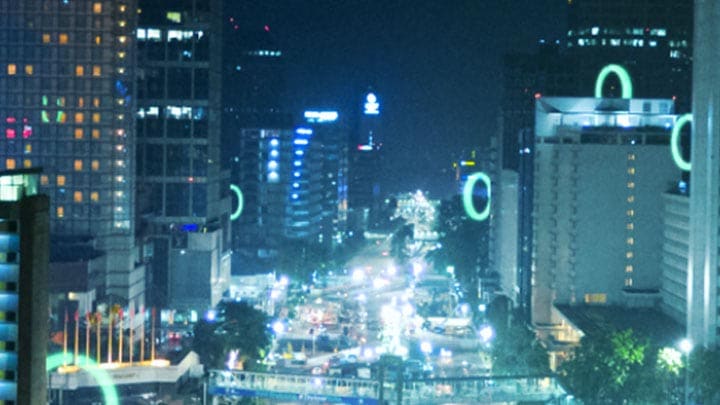September 26, 2023
Accelerating the rate of building renovation is critical
September 26, 2023
Accelerating the rate of building renovation is critical
As the momentum for achieving net zero economies increases, building renovation has emerged as a central emphasis due to several factors:
Several methods exist for increasing energy efficiency and reducing the carbon footprint of commercial buildings. Design optimization based on reducing carbon emissions minimizes the use of materials that embody carbon and transitions to integrating sustainable materials or decarbonized conventional materials into building designs. Using recycled materials reduces the carbon footprint of buildings. Advanced connected and interoperable technologies allow equipment and systems to communicate with one another and conserve energy while meeting the lighting, security, safety, cooling, and heating needs of residents. For example, Installing LED lighting systems and then connecting those systems to other building control systems reduces energy consumption and costs.
Upgrading buildings for reduced environmental impacts also produces a promising economic outlook for commercial property owners. Renovations focused on green buildings that include replacing outdated lighting fixtures with connected lighting systems, installing energy-efficient HVAC systems, and using low-carbon building materials reduce energy costs. In turn, improving indoor environmental quality and sustainability promotes the health and well-being of employees and residents. Sustainable, human-centric workplaces attract tenants and respond to the expectations of staff returning to the office.

Certainly, the costs for a building renovation project are significant. However, improving the energy efficiency and occupant satisfaction of a property can yield a higher return-on-investment. Several analyses of new green building and renovation projects compared to standard construction practices show a higher ROI within a shorter time span.
As the consequences of climate change become more apparent each day, the level of urgency—and uncertainty—increases. Mitigating the effects of climate change requires commitment from every individual, corporation, and government. While international policies set long-range targets for achieving net zero economies, efforts to reduce carbon emissions and energy consumption must continue and increase. As a result, construction companies must commit to replacing materials that contribute to emissions sustainable building materials. Encouraging this commitment begins with increased resolve at the corporate level to reduce emissions through green building renovations and new building designs.
Interoperable, connected technologies offer a solution for reducing greenhouse gas emissions and energy consumption. Within those technologies, LED lighting systems serve as the starting point through flexible design options, low operating costs, and excellent heat dissipation. The capabilities offered through LED lighting systems that connect with other building operations allow design teams to create sustainable office environments that appeal to tenants and occupants.
To learn more about how connected technologies align with global energy policies, read our white paper Good connectivity: a key to decarbonizing the building sector, here.
Signify Global Media relations - Professional Lighting
Claire Phillips
Tel: +44 7956 489081
Email: claire.phillips@signify.com
Signify (Euronext: LIGHT) is the world leader in lighting for professionals, consumers and the Internet of Things. Our Philips products, Interact systems and data-enabled services, deliver business value and transform life in homes, buildings and public spaces. In 2023, we had sales of EUR 6.7 billion, approximately 32,000 employees and a presence in over 70 countries. We unlock the extraordinary potential of light for brighter lives and a better world. We have been in the Dow Jones Sustainability World Index since our IPO for seven consecutive years and have achieved the EcoVadis Platinum rating for four consecutive years, placing Signify in the top one percent of companies assessed. News from Signify can be found in the Newsroom, on X, LinkedIn and Instagram. Information for investors is located on the Investor Relations page.
